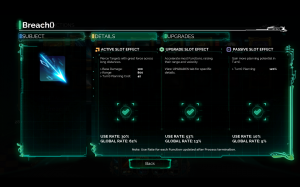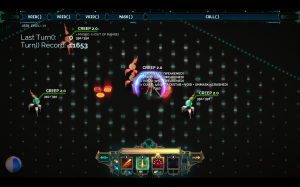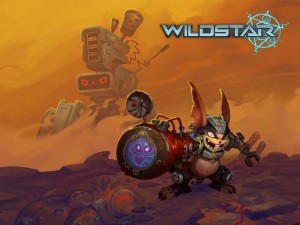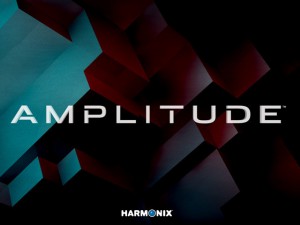Everyone has their preferred character archetypes. In D&D terms, everyone is familiar with the traditional Fighter, Mage, and Thief, so most games try to provide player characters with options along those lines. Other games expand a bit more, with a healer archetype (sometimes a variation of the mage) or an archer archetype (sometimes a variation of the thief). More classes are usually created by combining these in some way. The Barbarian is a combination of the swiftness and light armor of a thief with the power and strength of a fighter. My favorite archetype is a different sort of combination: the shape-shifter.
In a way, shape-shifting characters are usually a combination of the thief and mage archetypes in that they are (usually) magic-users with tools to adapt to a variety of different situations. More generally, it’s characterized by the ability to switch between archetypes. The stereotypical example is the Druid, which is usually given a variety of nature-based spells to heal or harm, and the ability to turn into animals when spells aren’t an appropriate solution. There are other characters that fit this archetype that aren’t the druid, like the lead character of the Breath of Fire series, who turns into a variety of dragons.
There is the lesser example of things with a single alternate form, like most depictions of werewolves. In games, this usually manifests as some sort of temporary power up or super mode (which I like a bit less), but it’s sometimes an alternate form with different strengths and weaknesses from the “base” form. League of Legends likes this model a lot, using it for Nidalee, Elise, and Jayce (sort of).
Balancing this character type has historically been difficult, and for good reason. If one person can duplicate the jobs of three or four at a moment’s notice, it risks eliminating the need for the more focused characters. The traditional tradeoff for this is usually decreased effectiveness at any one role, but this leaves the shape-shifter marginalized in any situation where a single task is valued. “Alternate form” types tend to fall into this trap especially often, where the strengths of one form do not sufficiently cover for its weaknesses, leading to use of only one. (Nidalee in League is perhaps the best example of this.)
Some games balance the ability to do everything by forcing a choice of role, and decreasing the effectiveness of other forms or roles. WoW is the best example here, but D&D Next seems to also use this approach. An alternate approach is limiting the ability to transform in some way. Breath of Fire 4 has both a transformation and a perpetuation cost, so you can’t stay a dragon forever. (I think BoF1 only had a transformation cost, but I haven’t played it in a while.) These have shown to be acceptable ways to balance the power level of this type of character, and I wish more games would use them rather than declaring it too difficult and leaving my favorite archetype out.
As a final note: It’s the final day to make donations for The Run, influencing what jobs two members of SDA will use when playing through FF5. I’m still working my way through as well.









